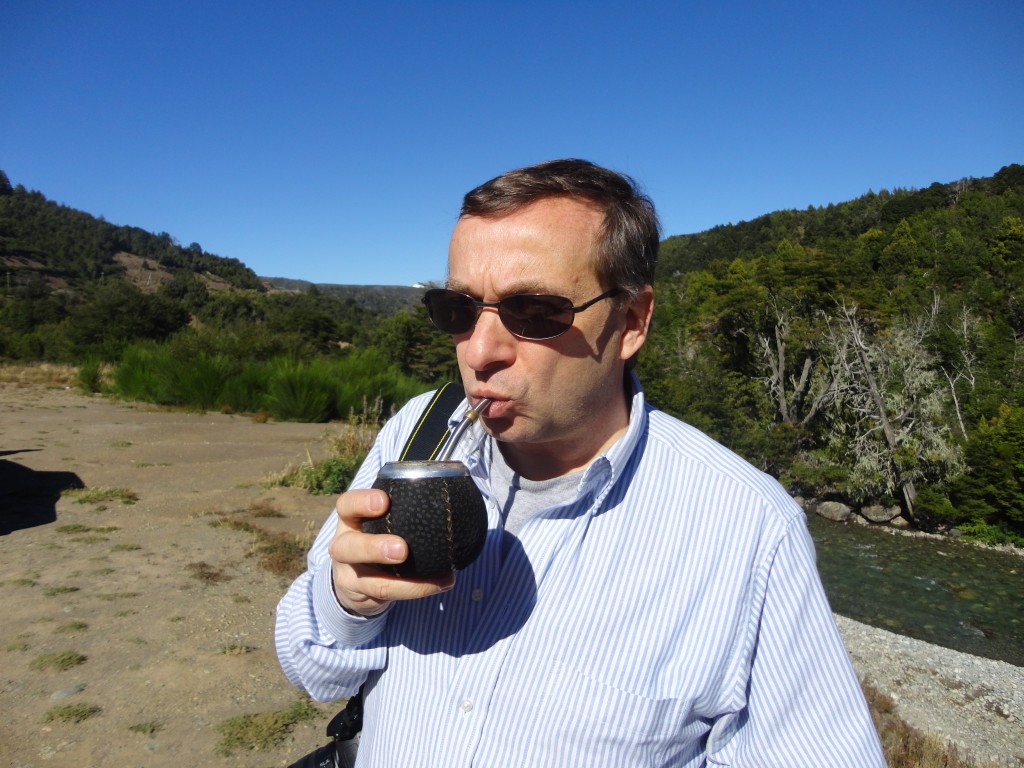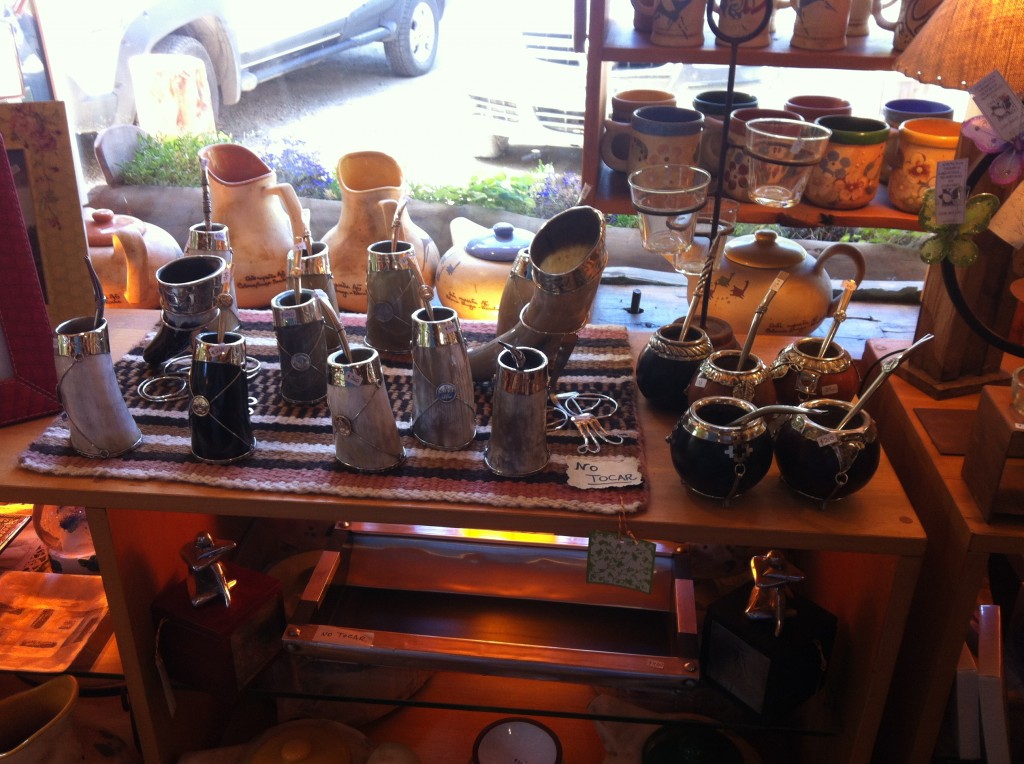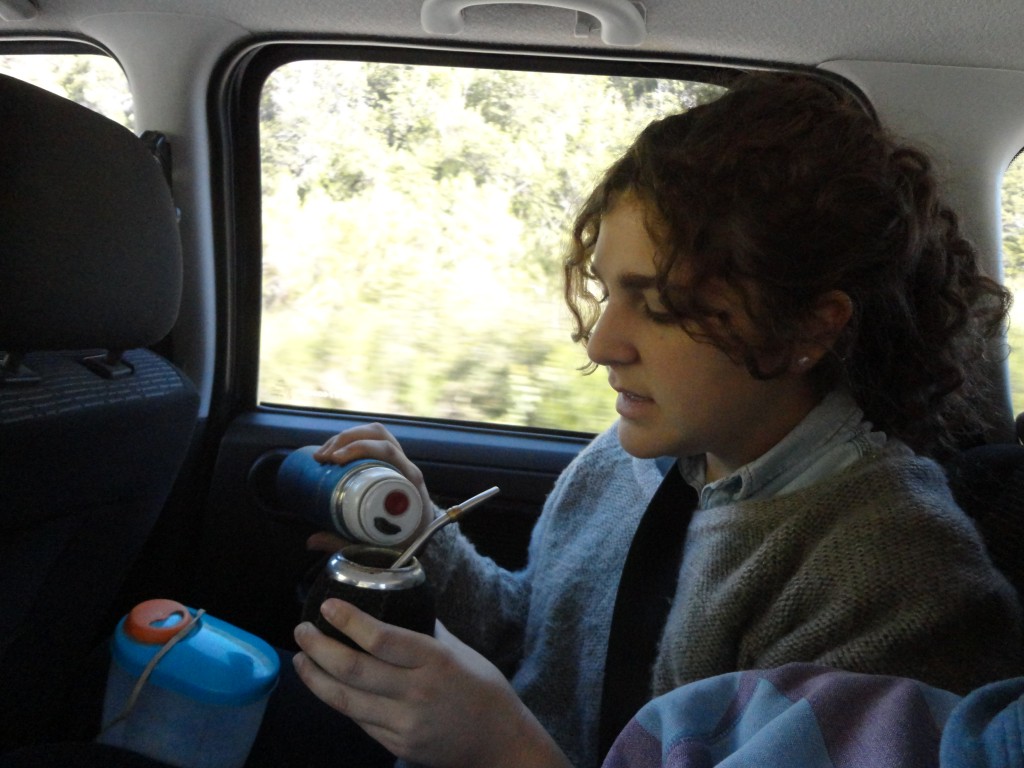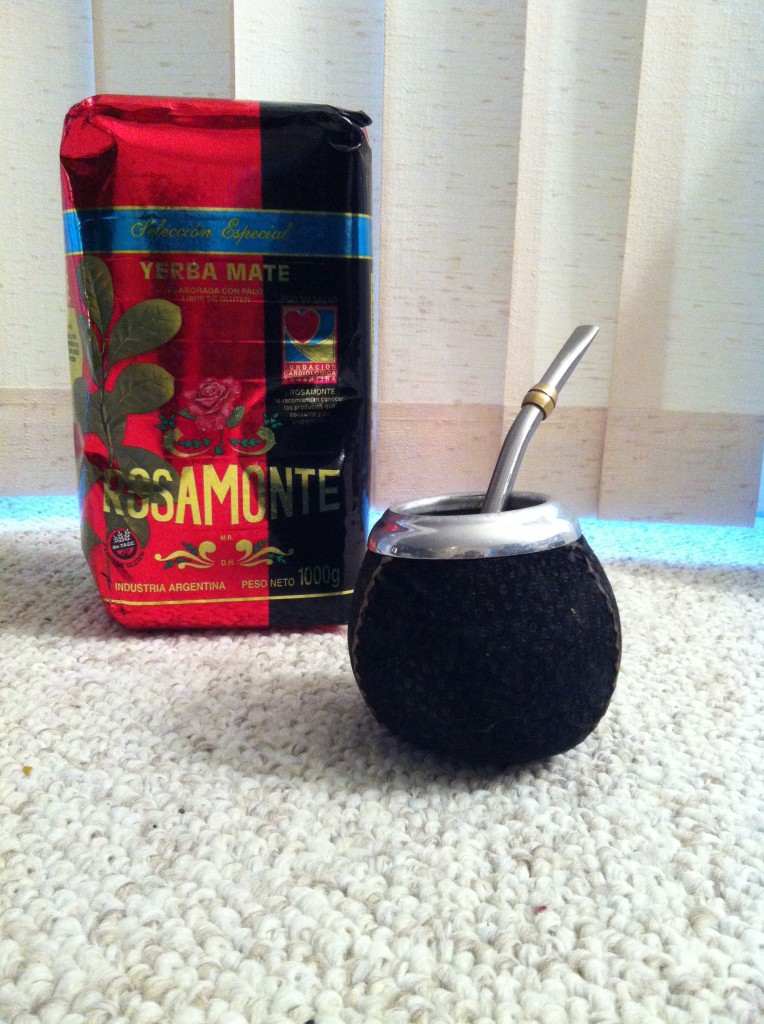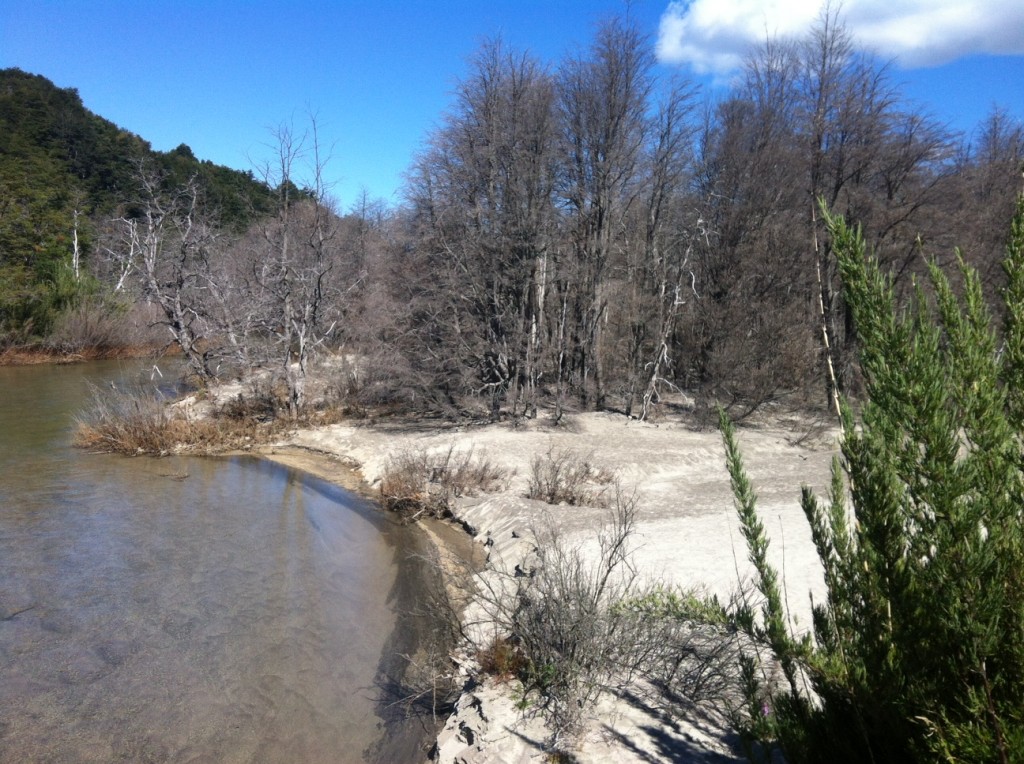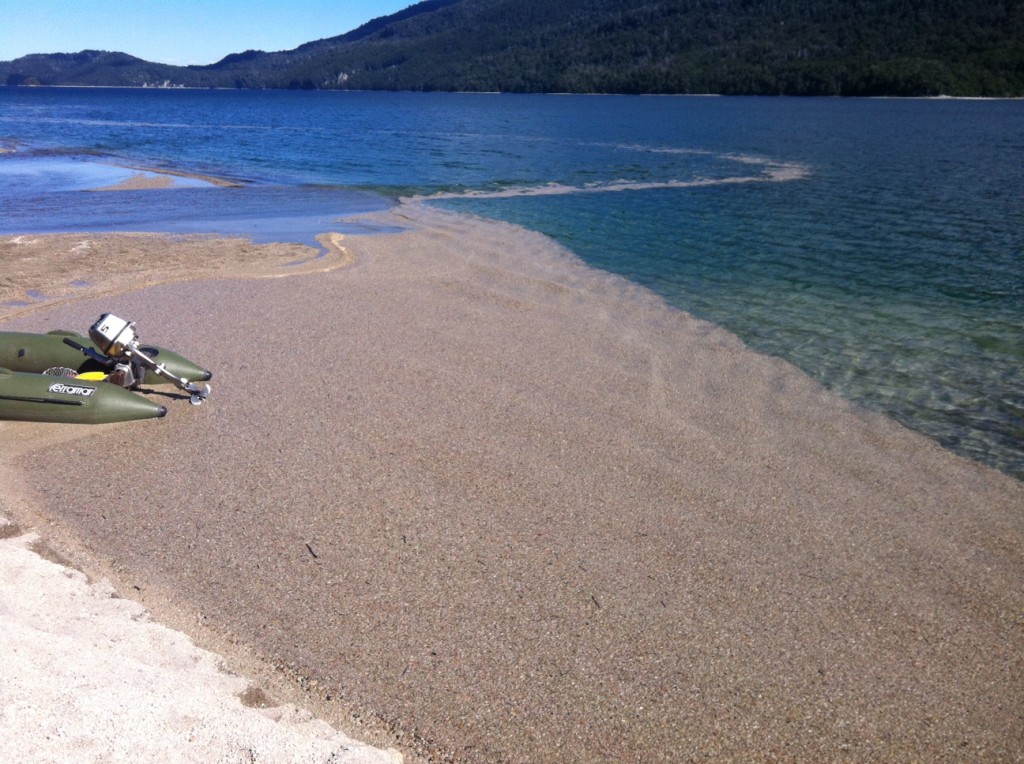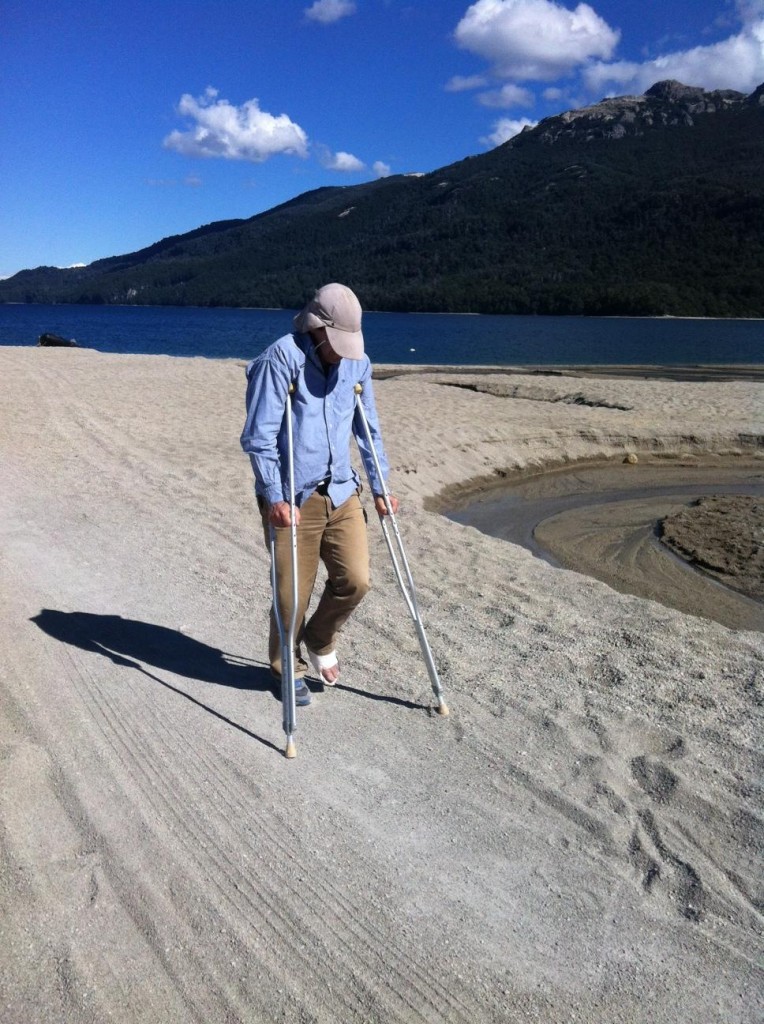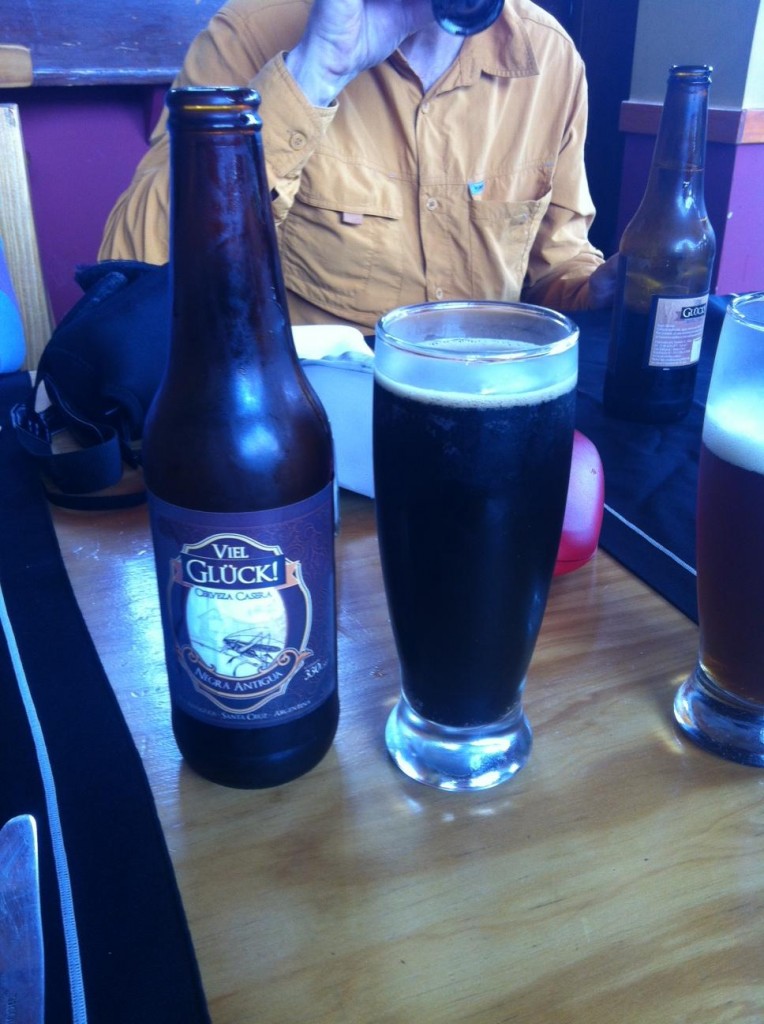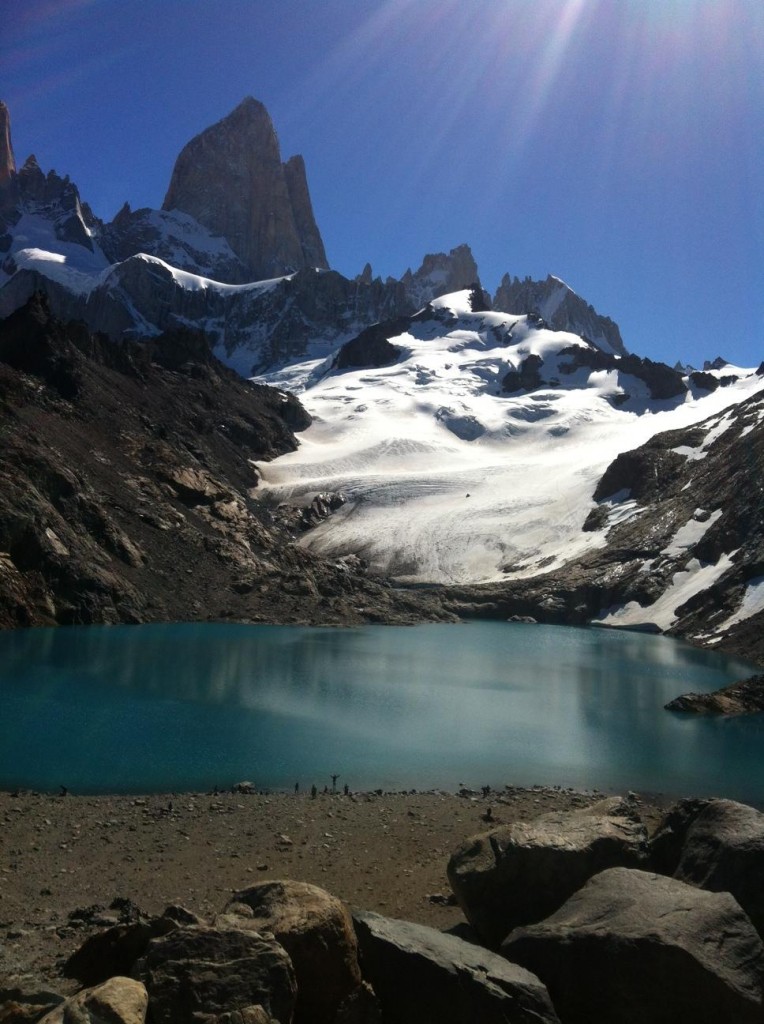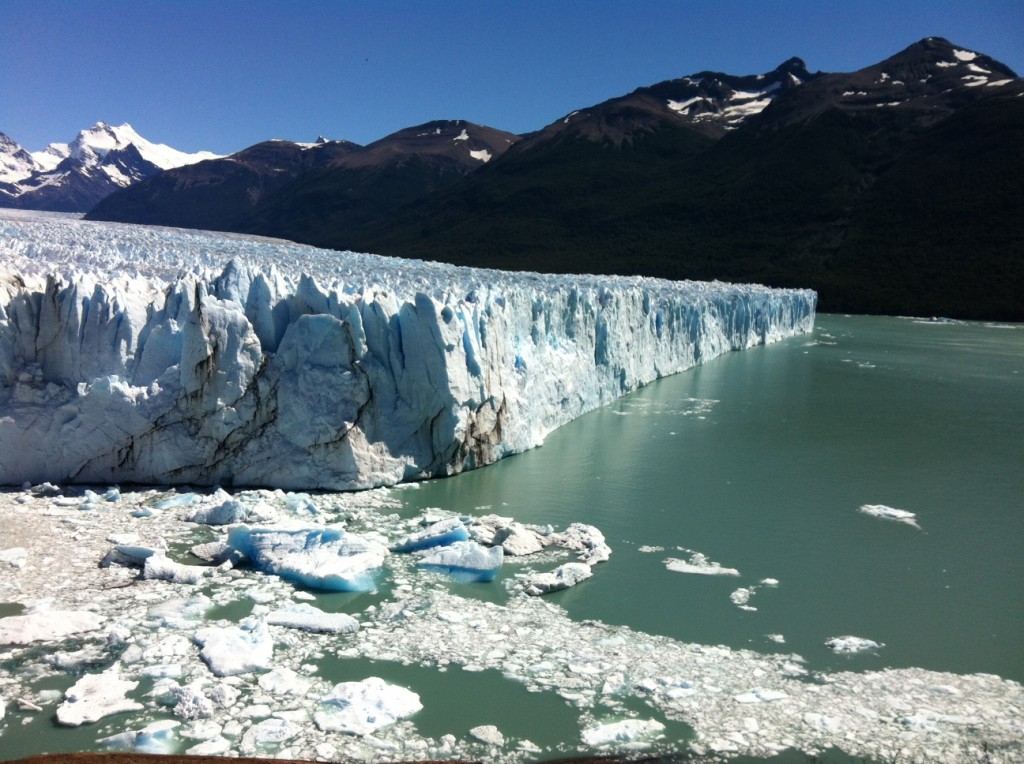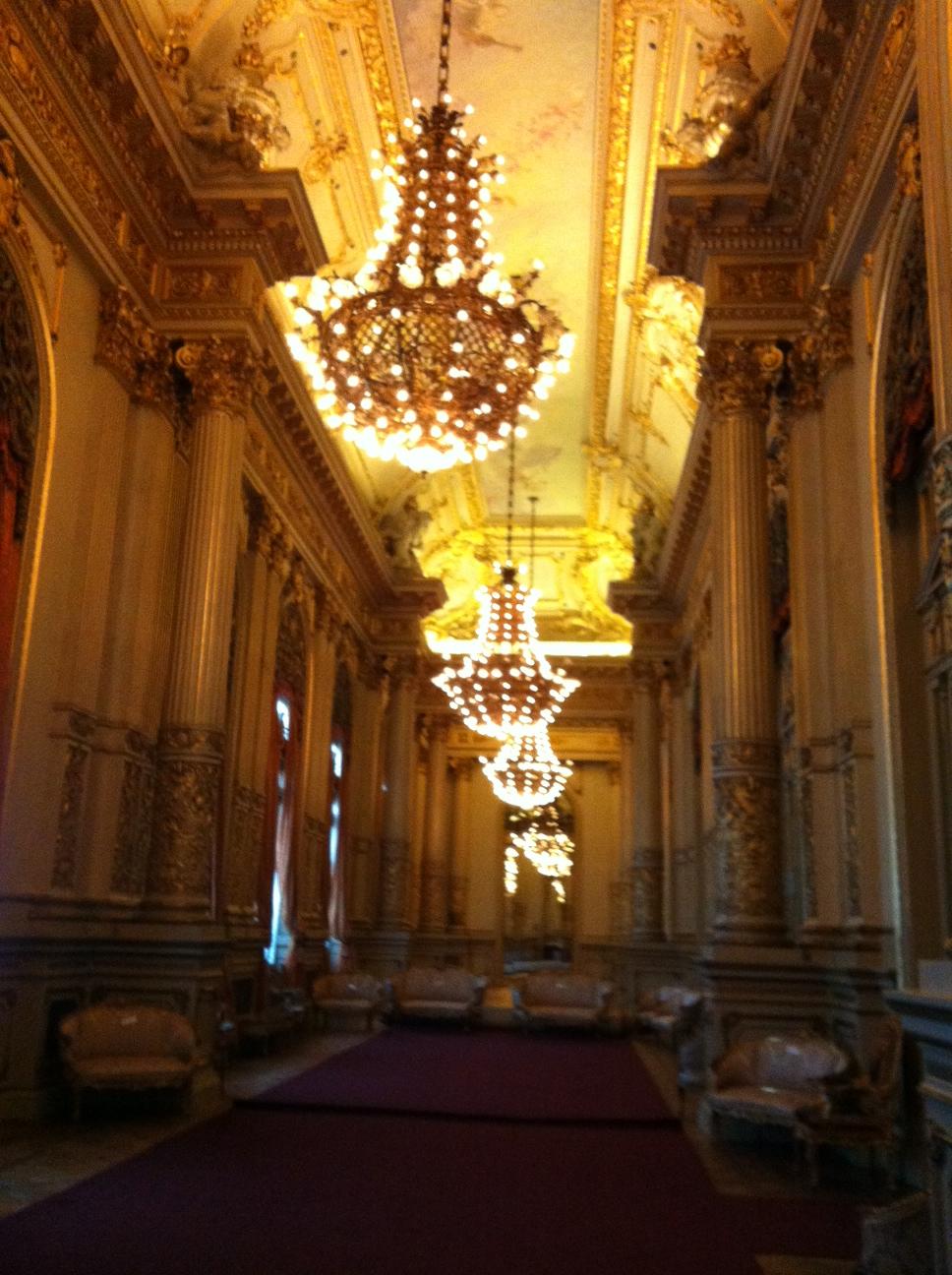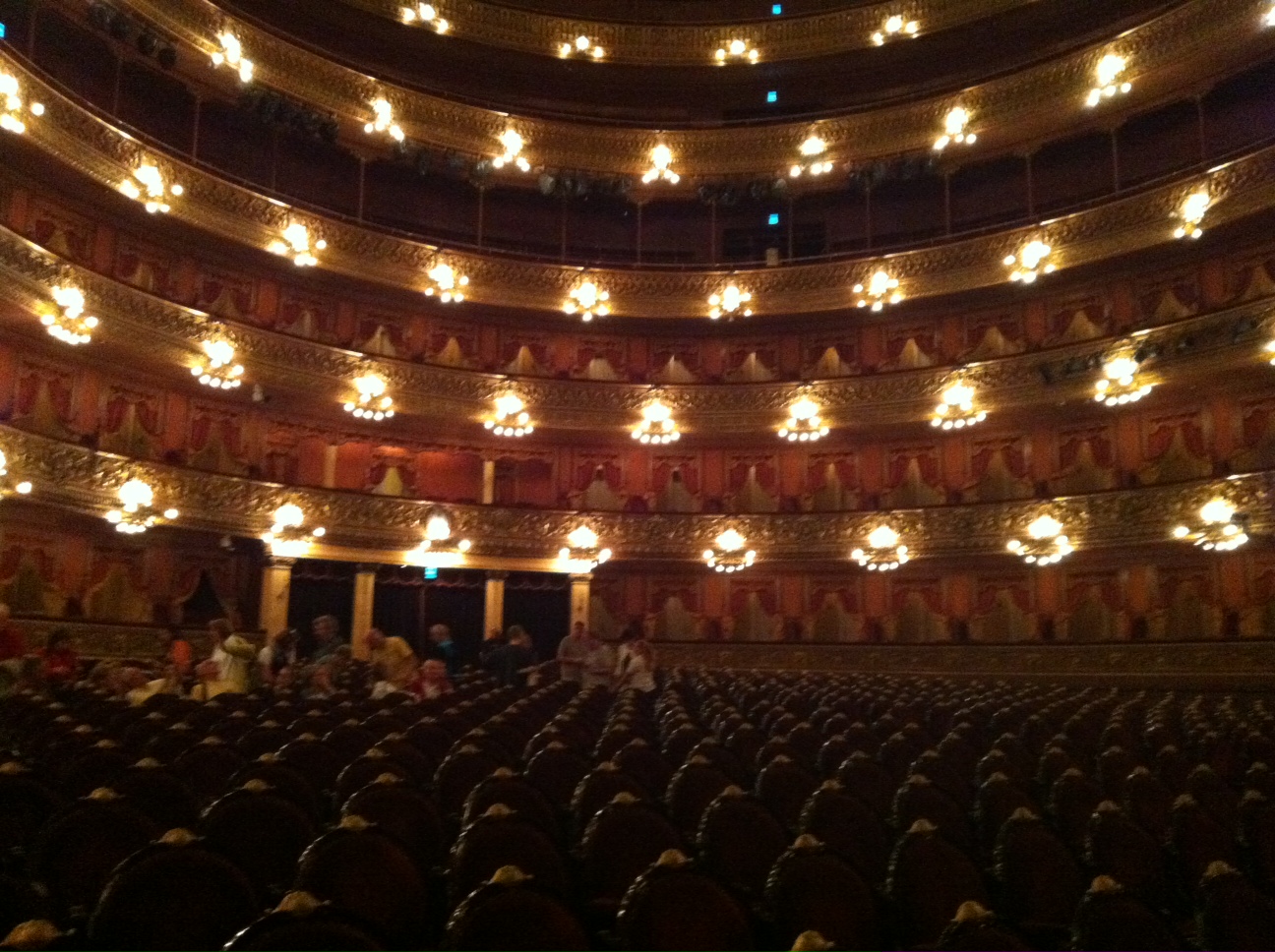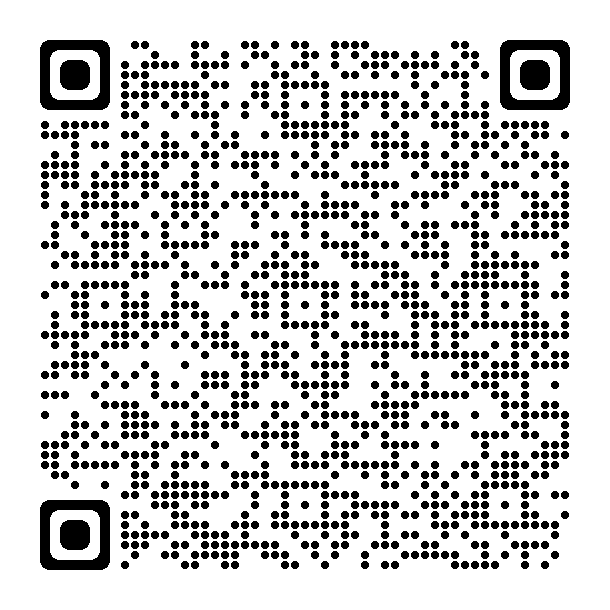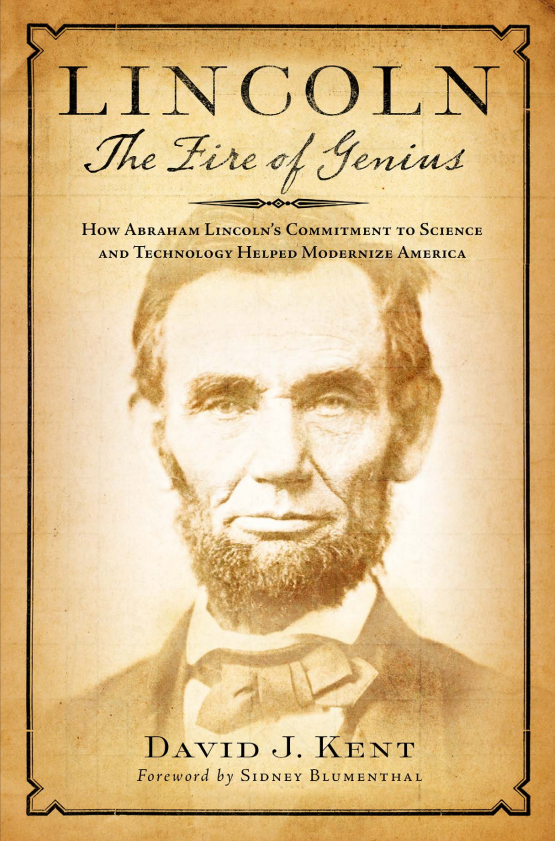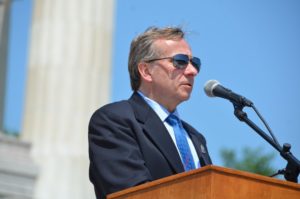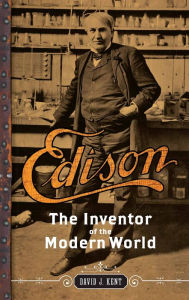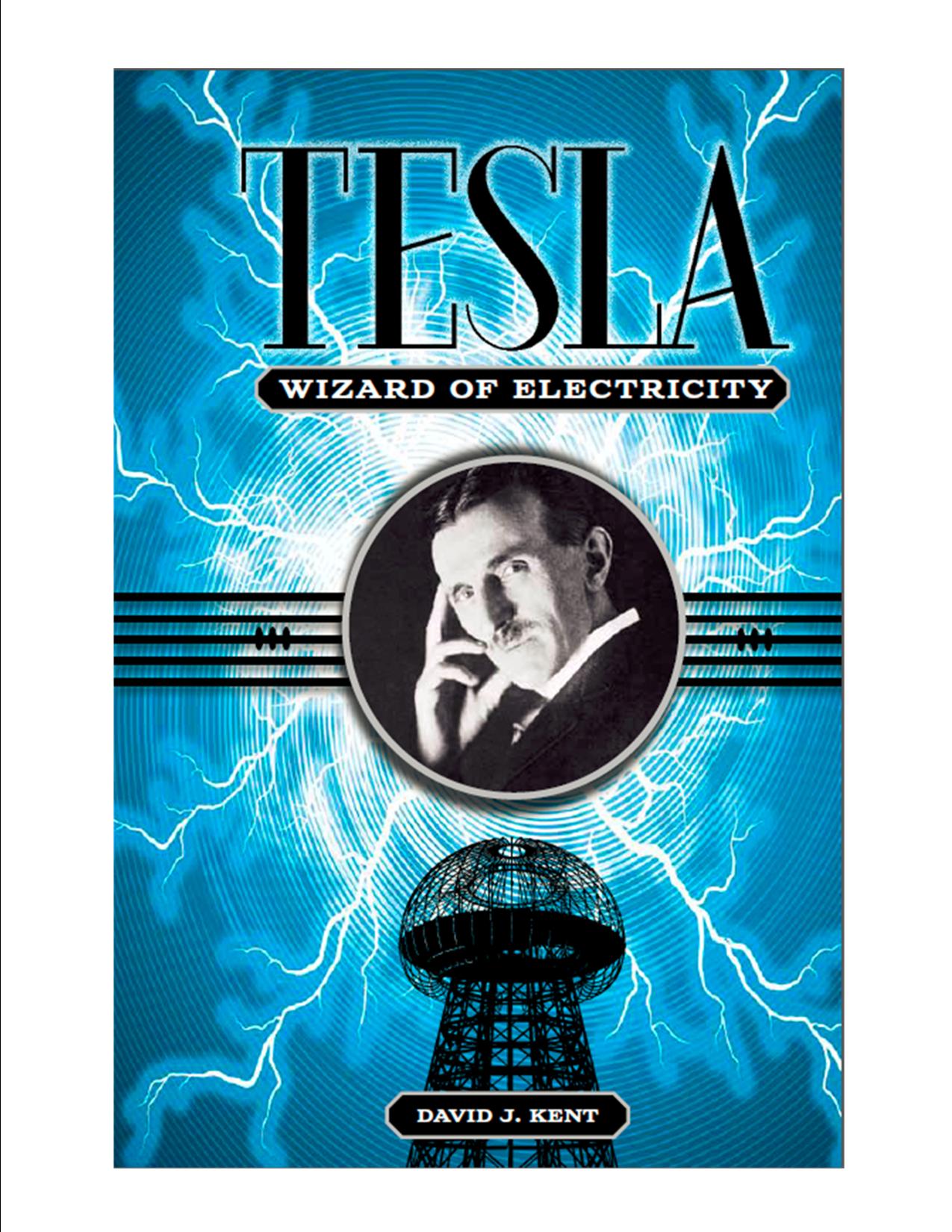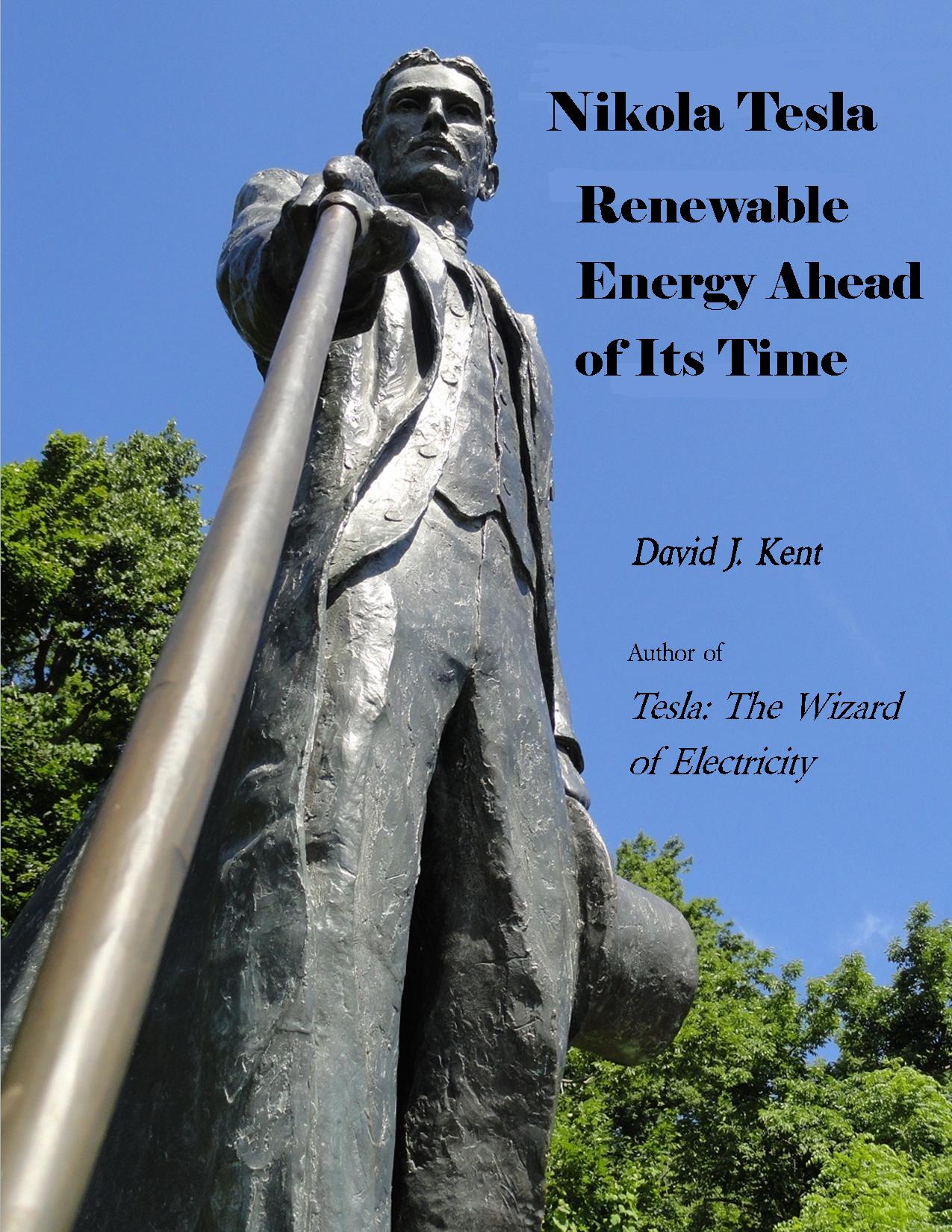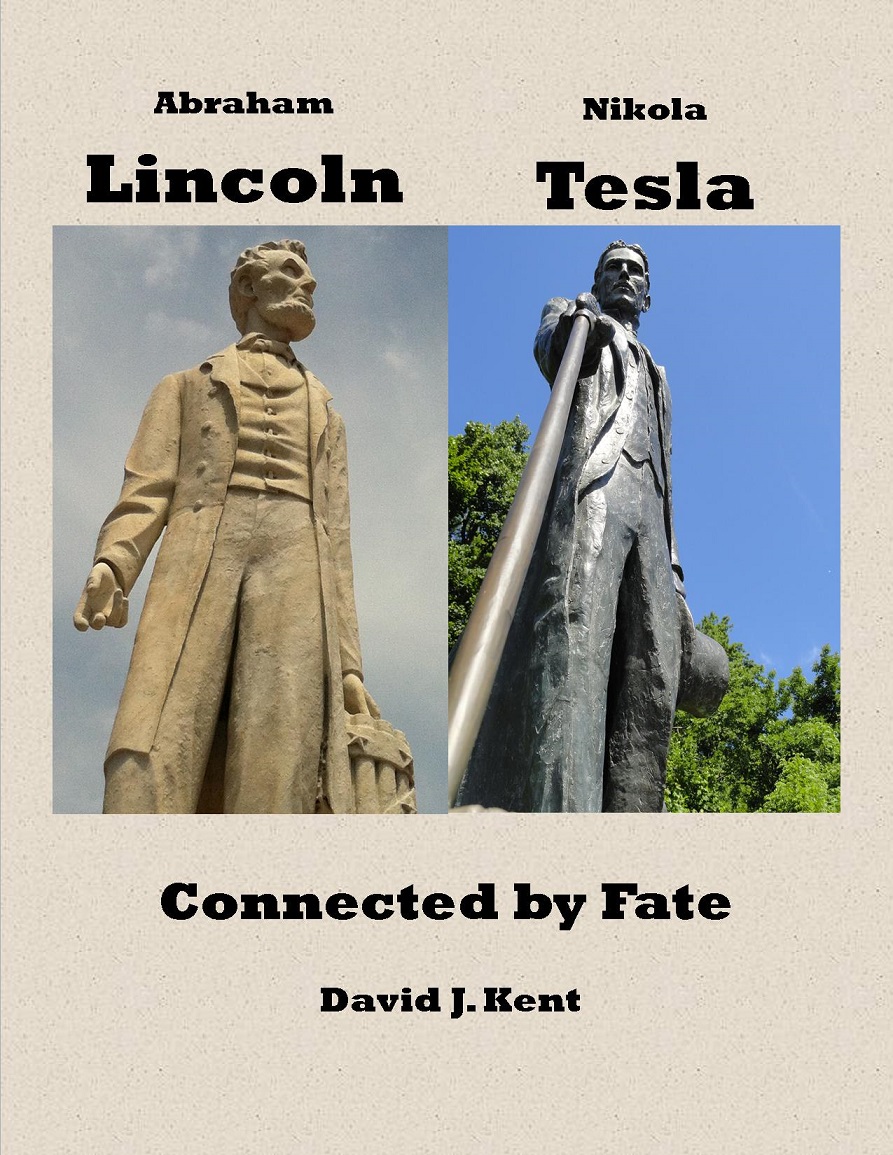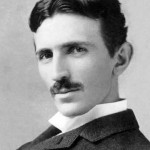 More than a hundred years ago, Nikola Tesla invented wireless communication and power generation. He was a man far ahead of his time. Now it looks like the modern world maybe be catching up to his vision. Wireless electricity may be here.
More than a hundred years ago, Nikola Tesla invented wireless communication and power generation. He was a man far ahead of his time. Now it looks like the modern world maybe be catching up to his vision. Wireless electricity may be here.
A Boston-based company by the name of WiTricity has come up with a way of transmitting electricity without wires. As the company’s Chief Technology Officer reports to CNN, “we’re not actually putting electricity in the air. What we’re doing is putting a magnetic field in the air.” They do this by building a “source resonator,” which essentially is a coil of wire that generates a magnetic field when power is attached. Bringing a second coil in close proximity will generate an electrical charge.
Sound familiar? According to Arron Hirst:
The technology appears to based upon the original findings of Nikola Tesla. In a patent filed at the U.S Patent and Trademark Office on February 19, 1900, entitled “Apparatus for Transmission of Electrical Energy,” Tesla describes a similar system for delivering electricity from one static point, to another.
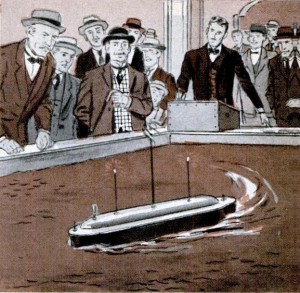
Tesla, after advancing wireless communication technology in Colorado Springs, began work on Long Island at Wardenclyffe. His ultimate goal was not only to provide international wireless communication (radio) but develop his system of wireless electrical power transmission. The technology itself seems simple by today’s standards, but it was groundbreaking when Tesla first envisioned the idea. WiTricity has already used the technology “to power laptops, cell-phones, and TVs by attaching resonator coils to batteries.” They are also working on a way to recharge electric cars. On their website they note the potential of wireless power:
Cell phones, game controllers, laptop computers, mobile robots, even electric vehicles capable of re-charging themselves without ever being plugged in. Flat screen TV’s and digital picture frames that hang on the wall—without requiring a wire and plug for power. Industrial systems and medical devices made more reliable by eliminating trouble prone wiring and replaceable batteries.
So perhaps after all these years Nikola Tesla’s technology will finally be coming to fruition. Hopefully WiTricity’s advances will recognize Tesla’s amazing contributions to the field. For more on how wireless power works (including your electric toothbrush), check out this very readable article. And for a fun read, check out author Thomas Waite’s use of Tesla’s wireless idea in his novel, Terminal Velocity.
Check out my Goodreads author page. While you’re at it, “Like” my Facebook author page for more updates!
David J. Kent is the author of Lincoln: The Man Who Saved America, now available. His previous books include Tesla: The Wizard of Electricity and Edison: The Inventor of the Modern World (both Fall River Press). He has also written two e-books: Nikola Tesla: Renewable Energy Ahead of Its Time and Abraham Lincoln and Nikola Tesla: Connected by Fate.
Follow me by subscribing by email on the home page. Share with your friends using the buttons below.



 This 1992 book is somewhat uneven and could have used some better editing, but it does provide some excellent insights into Abraham Lincoln’s rhetorical style. The author, Lois J. Einhorn, was an Associate Professor of Rhetoric at the State University of New York.
This 1992 book is somewhat uneven and could have used some better editing, but it does provide some excellent insights into Abraham Lincoln’s rhetorical style. The author, Lois J. Einhorn, was an Associate Professor of Rhetoric at the State University of New York.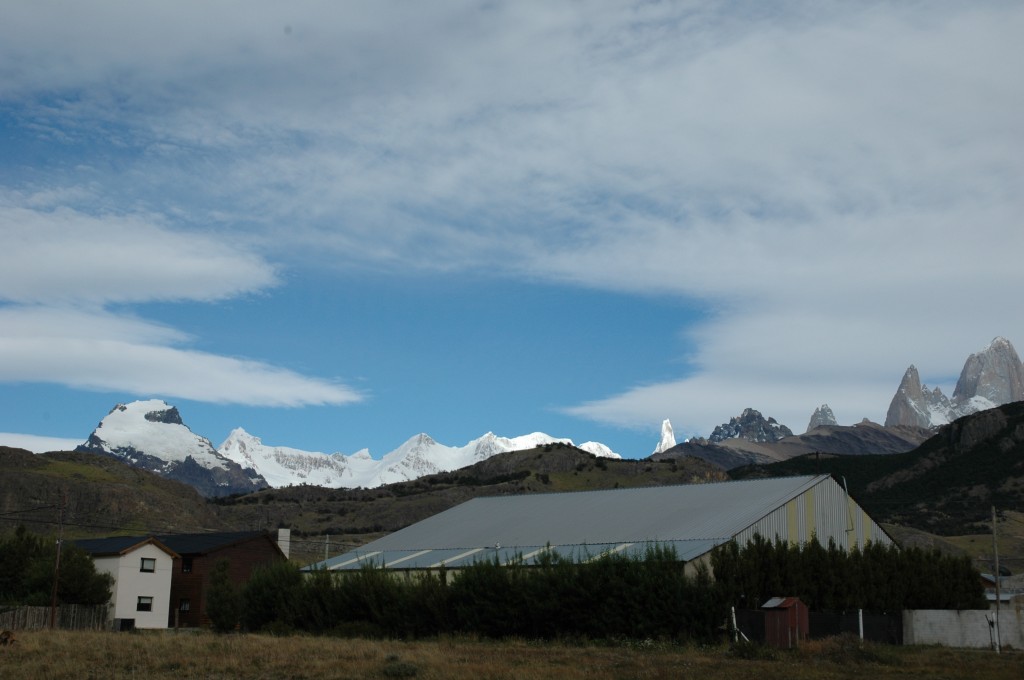
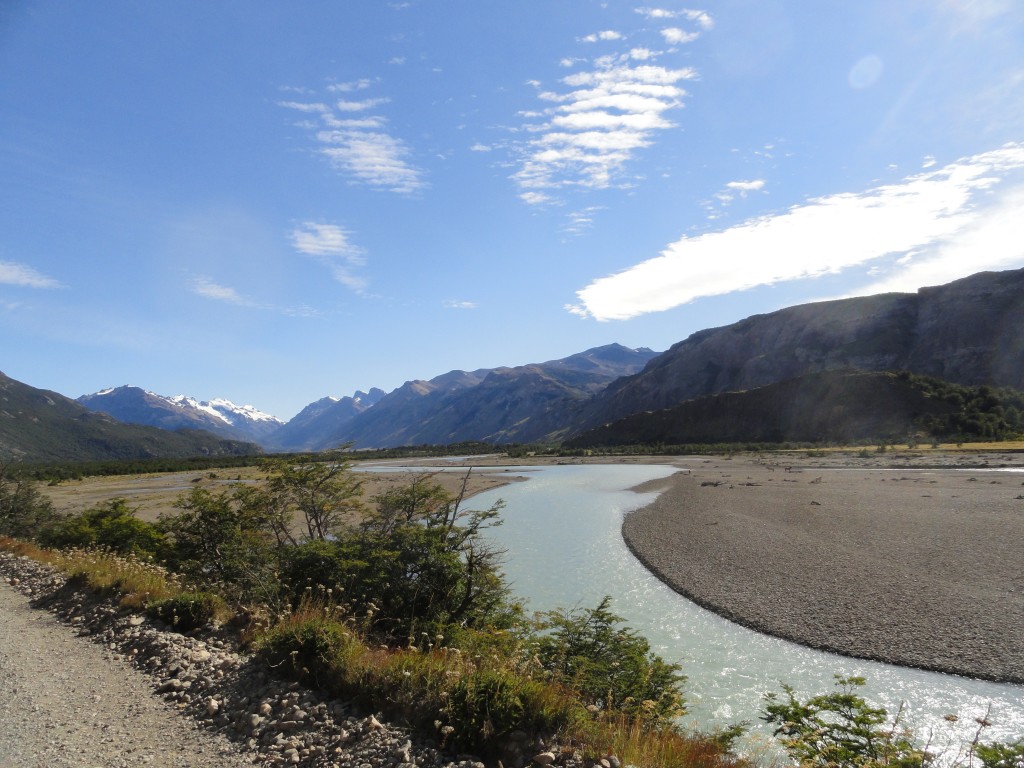
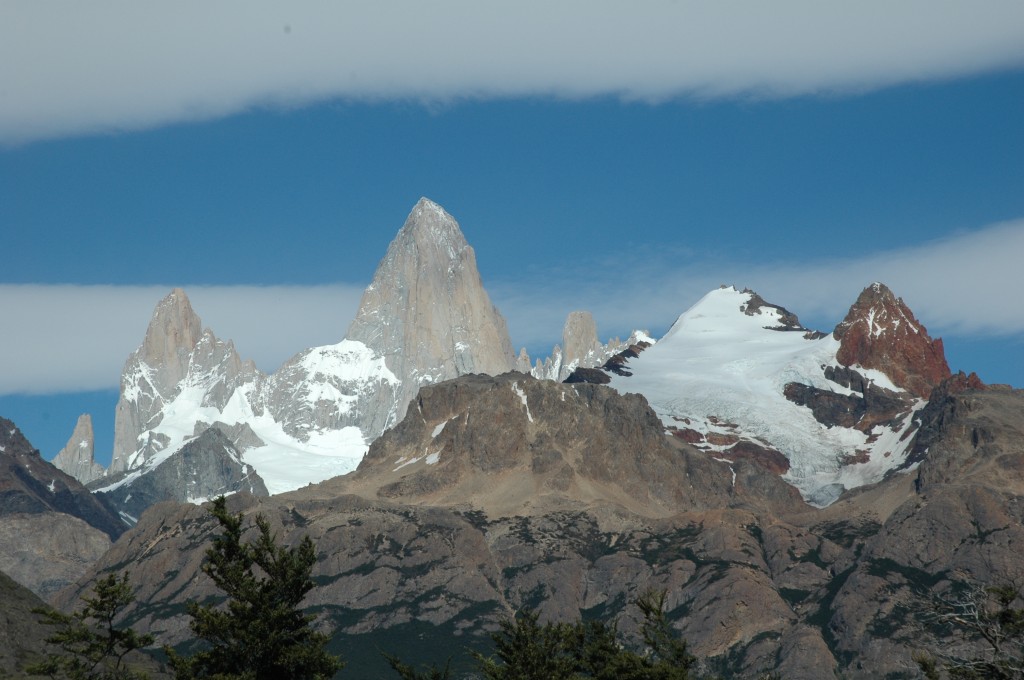
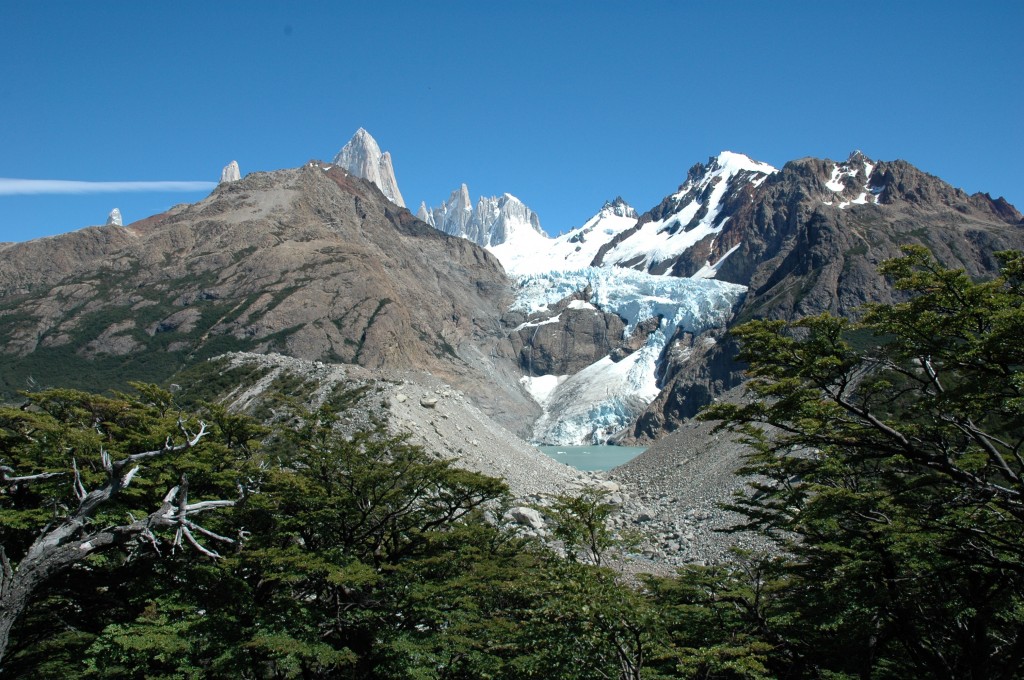
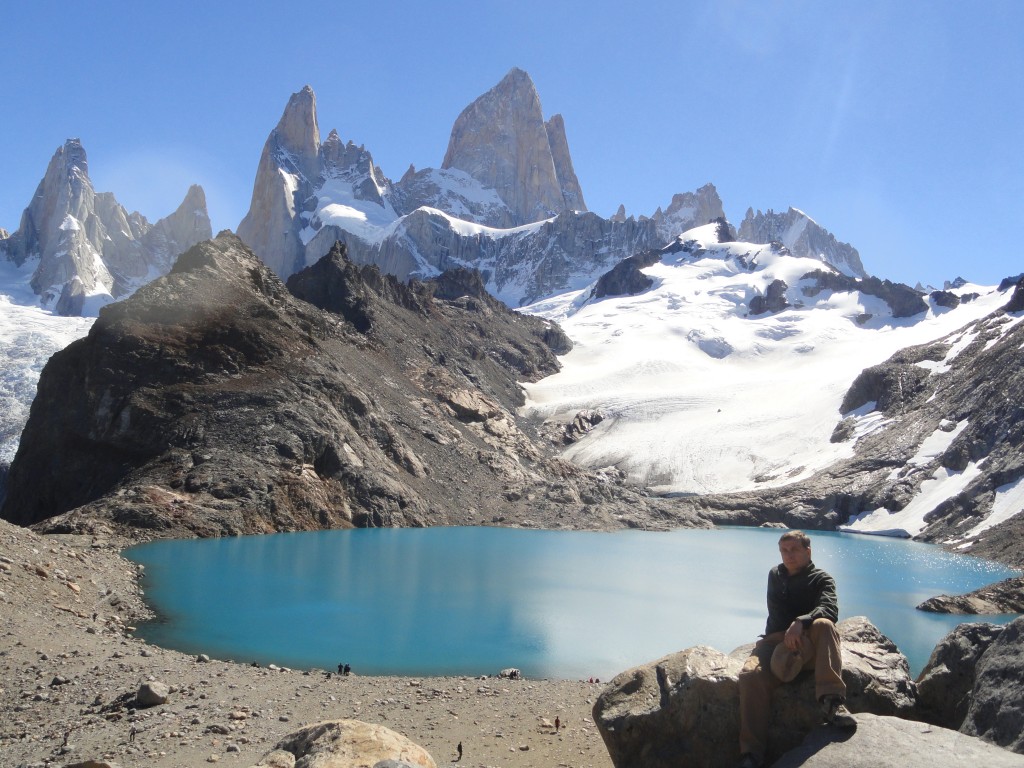
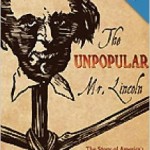 This book, The Unpopular Mr. Lincoln: The Story of America’s Most Reviled President, is a rather extraordinary look at Abraham Lincoln. And a remarkably pleasant surprise given the uncustomary view of Lincoln, as well as the providence of the author. Larry Tagg is not whom you might expect to be writing a biography of Abraham Lincoln. Some will recognize the name from the music world and Tagg’s band Bourgeois Tagg, or from his many years touring with Todd Rundgren, Hall & Oates, and opening for Robert Palmer, Belinda Carlisle and others. Now a high school English and drama teacher in California, Tagg surprises the reader with his deep understanding of Lincoln and his times. And he tackles an often overlooked and difficult facet of how Lincoln was viewed by contemporaries.
This book, The Unpopular Mr. Lincoln: The Story of America’s Most Reviled President, is a rather extraordinary look at Abraham Lincoln. And a remarkably pleasant surprise given the uncustomary view of Lincoln, as well as the providence of the author. Larry Tagg is not whom you might expect to be writing a biography of Abraham Lincoln. Some will recognize the name from the music world and Tagg’s band Bourgeois Tagg, or from his many years touring with Todd Rundgren, Hall & Oates, and opening for Robert Palmer, Belinda Carlisle and others. Now a high school English and drama teacher in California, Tagg surprises the reader with his deep understanding of Lincoln and his times. And he tackles an often overlooked and difficult facet of how Lincoln was viewed by contemporaries.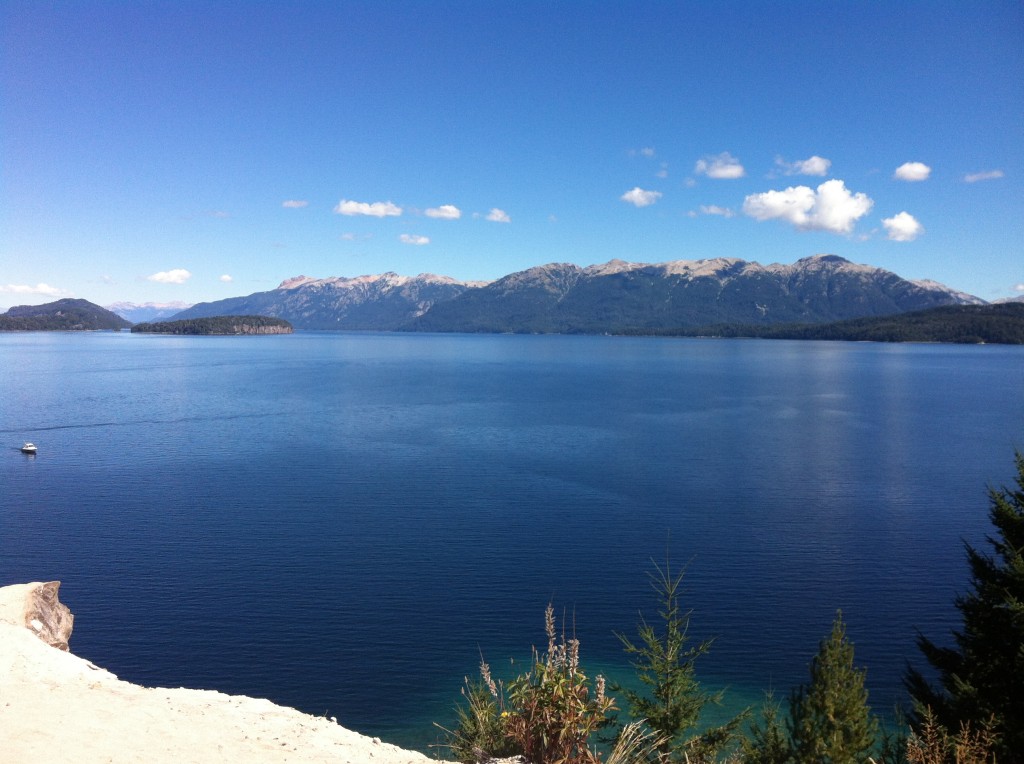
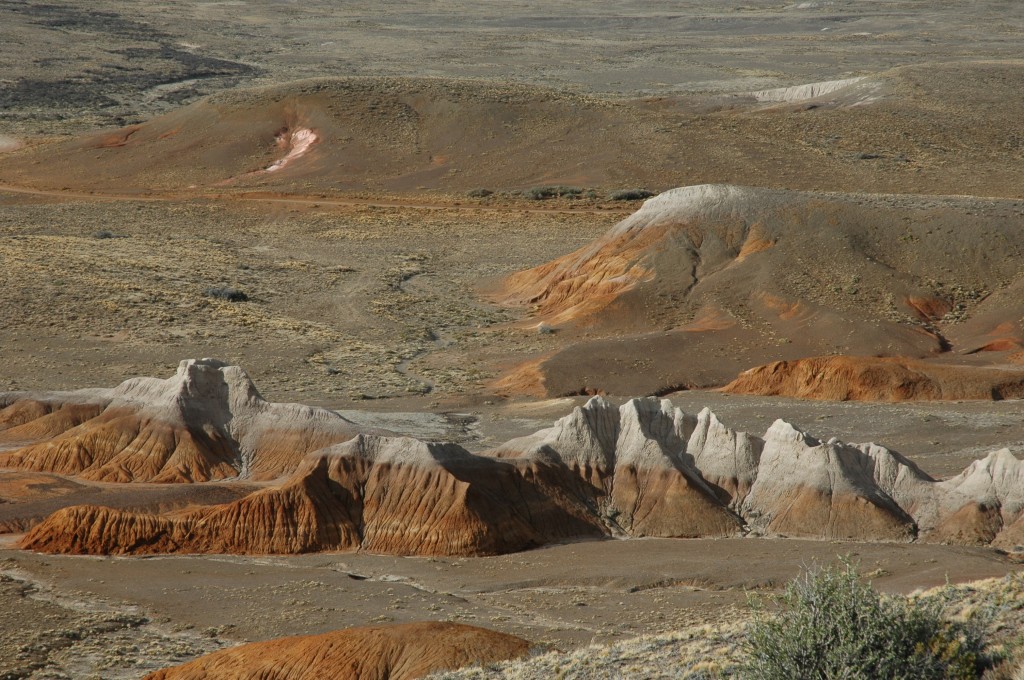
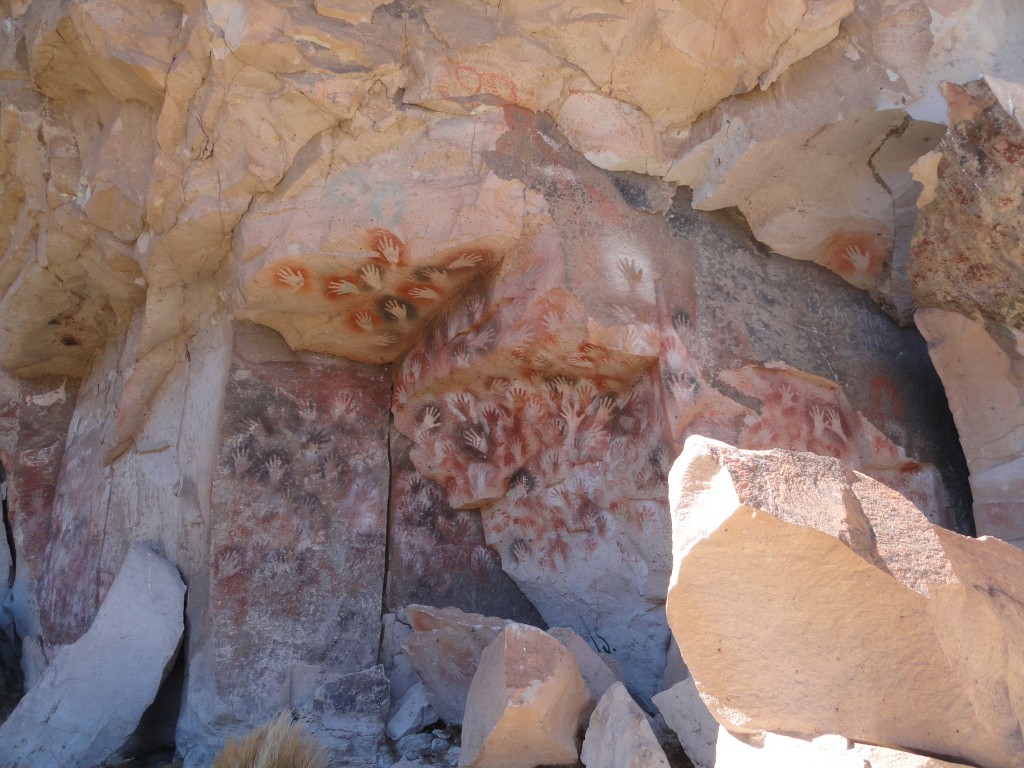
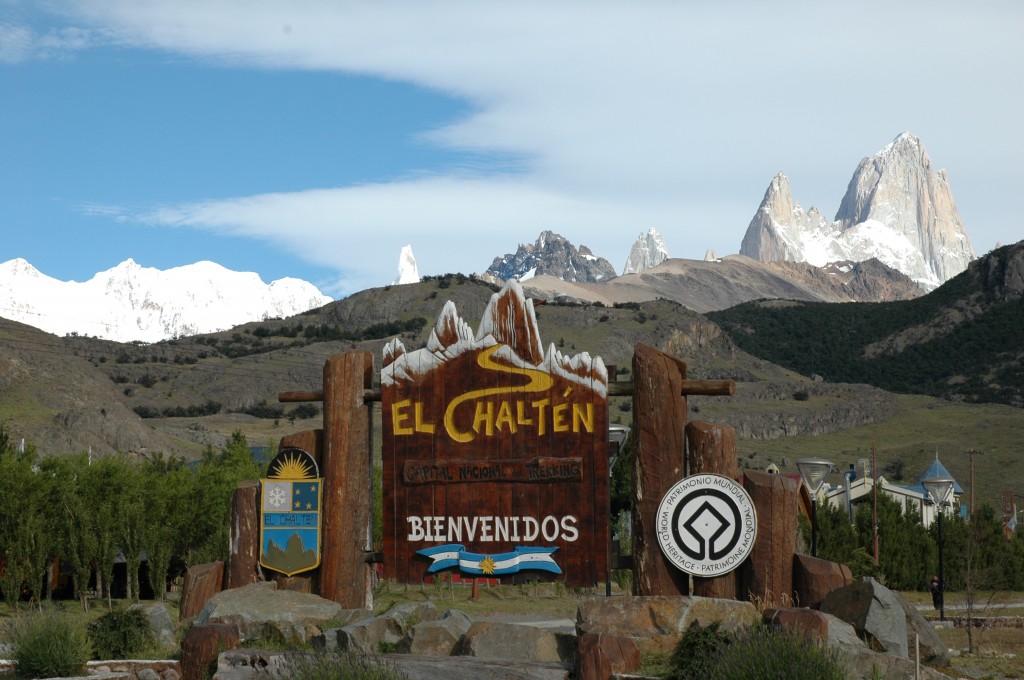
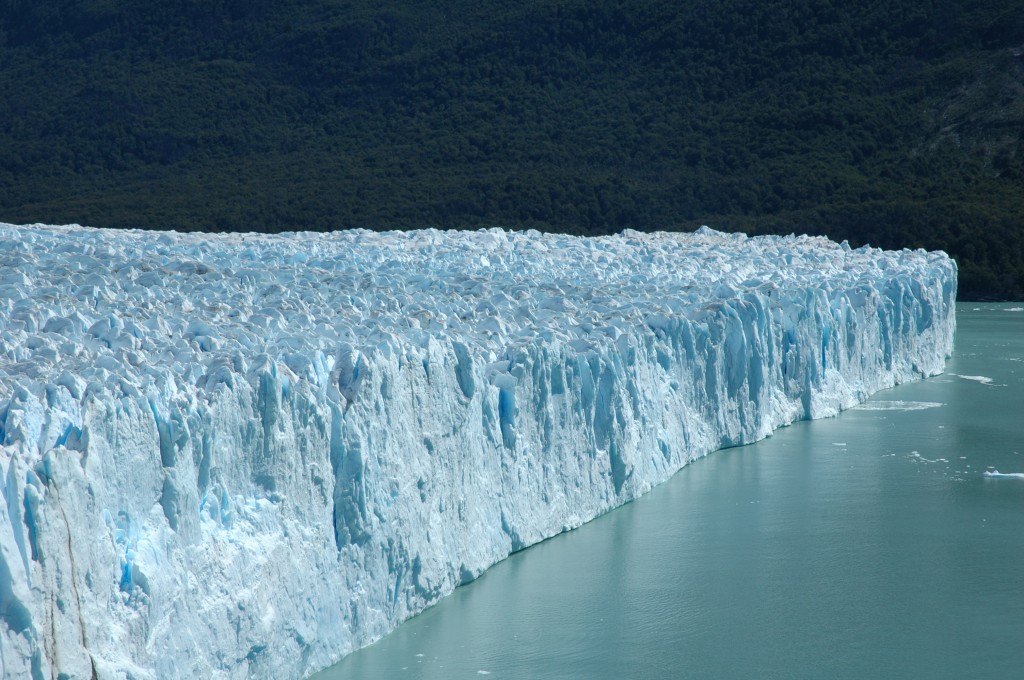
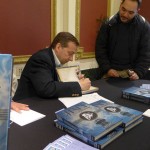 On January 11, 2014 I attended the Second Annual Tesla Memorial Conference at the New Yorker Hotel in New York City. Sponsored by the
On January 11, 2014 I attended the Second Annual Tesla Memorial Conference at the New Yorker Hotel in New York City. Sponsored by the 